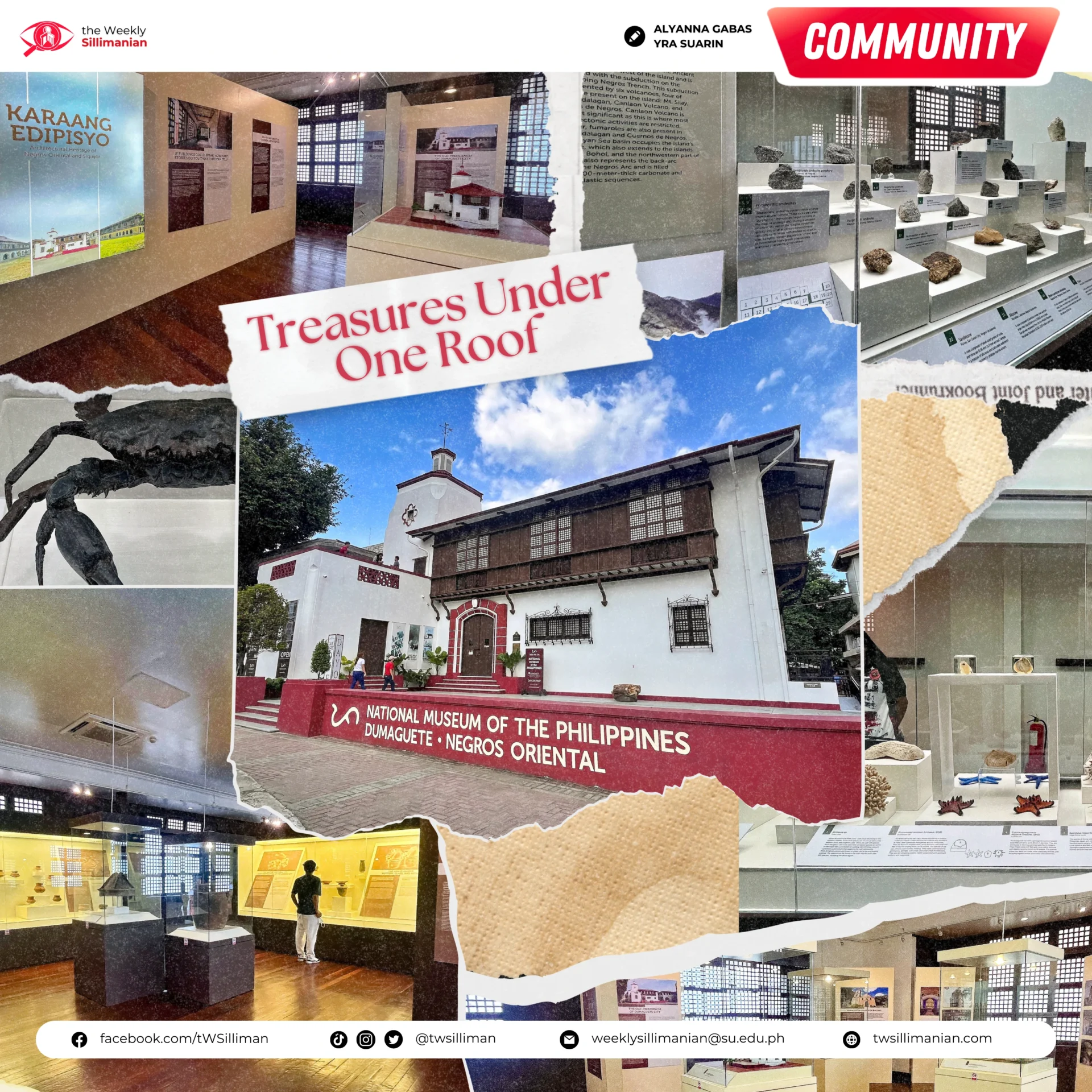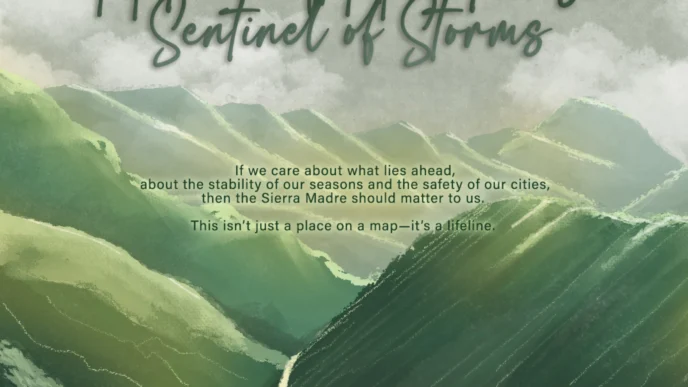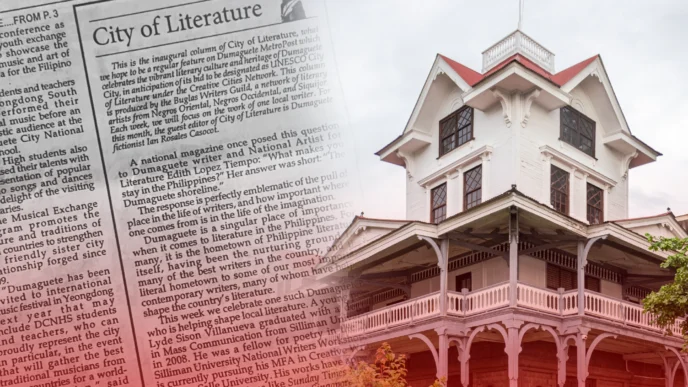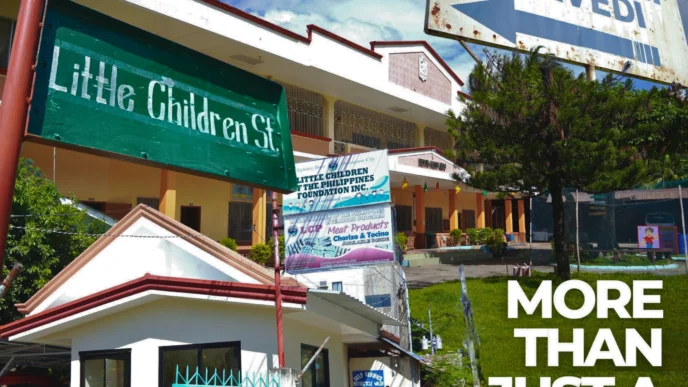by Alyanna Gabas and Yra Suarin
From breathtaking exhibits on marine and terrestrial biodiversity to architectural masterpieces and historical artifacts, the National Museum of the Philippines – Dumaguete offers visitors an immersive journey through the rich cultural and natural heritage of the Negros Island provinces.
Housed in the historic Old Presidencia Building—once called the “Seat of Power” for all of Dumaguete’s elected officials—the museum’s establishment marked a significant milestone for both the city and the province.
Officially inaugurated on November 26, 2022, it proudly holds the distinction of being the 16th National Museum in the Philippines. Its mission: to celebrate and preserve the region’s cultural and ecological heritage.
In particular, one of the museum’s flagship exhibits, “Kabilin sa Kinaiyahan sa Negros,” offers visitors a glimpse of the island’s extraordinary biodiversity. Featuring native flora and fauna, natural wonders that make Negros an ecological haven are brought to life.
Each display reveals the incredible richness of the island’s ecosystems, a reminder of the delicate balance between humans and nature.
On the other hand, the exhibit “Ang mga Lubong sa Banga” presents an intriguing exploration of ancient burial tradition.
With a captivating collection of archaeological finds, it unearths stories from the pre-colonial era, offering insights into the early inhabitants’ beliefs, practices, and relationship with death.
Through these burial jars and other grave goods, some of which are loaned from the Silliman University Anthropology Museum, visitors can peer into the lives and traditions that once shaped the island’s ancestral communities.
Another standout is the “Karaang Edipisyo” exhibit, which gives spotlight to the region’s architectural legacy.
Detailed 3D models and designs of historical structures, particularly churches, take center stage.
The exhibit pays homage to the artistry and craftsmanship of these buildings, celebrating their enduring significance in the region’s cultural landscape.
In an interview, Visayas National Museums Director Atty. Cecilia Tirol expressed her admiration for the province’s rich anthropological history.
She noted that the burial jars found in Bacong might be part of a broader archaeological network spanning beyond Negros Oriental—a possibility that could deepen the understanding of the island’s early civilizations.
Reflecting on her preferred museum among the Visayas branches, Atty. Tirol affectionately praised the Dumaguete museum for its beauty, stating, “That’s what’s special kay Dumaguete, among all our regional component museums, ang pinaka pretty. That’s my opinion.”
She noted that its architectural grandeur not only reflects the city’s history but also serves as a fitting home for the cultural treasures it now safeguards.
Through its carefully curated exhibits, the National Museum of Dumaguete has quickly become a cultural destination, providing a gateway to understanding the region’s past and appreciating the natural and architectural wonders that make Negros Oriental a truly unique destination.














